Sunshine Coast Property Market & Location Profile
1. Property Market Trends
High-Growth Suburbs: The Sunshine Coast property market continues to show strong growth, with several suburbs projected for particularly high capital growth. According to Microburbs data, detailed capital growth forecasts are available exclusively to our subscribers. To see the forecast for Twin Waters, Noosa Heads, Montville, Pelican Waters, and Caloundra West, please subscribe to Microburbs. These exclusive forecasts indicate significant investment potential in these suburbs, outpacing broader market averages.
Current Median Prices: Property values on the Sunshine Coast have risen sharply in recent years. For full detailed growth statistics – including 12-month price growth and average annual growth – please subscribe to Microburbs.
Recent Growth Trends: Over the past 3 years, Sunshine Coast property values have surged. Many suburbs experienced robust annual growth during the pandemic boom (2020–2022). For example, Noosa Heads house prices experienced significant gains over a one-year period (2021–22) and over five years, reaching a premium median value. Subscribe to see detailed growth statistics. Across the Sunshine Coast, house values have experienced notable appreciation over the last 3 years, with annual growth averaging in the low double digits. Even as the market cooled slightly in late 2022, 2023 saw a rebound to record highs – with impressive year-on-year increases. Over the past 10 years, the Sunshine Coast has delivered strong long-term gains. Each of the high-growth suburbs has achieved robust annual growth over the last decade – subscribe for exact figures and trends.
Price Trends & Forecasts: The sustained demand has pushed Sunshine Coast median prices well above national averages. As of early 2025, the average house price in the region ($917k) is higher than Australia’s overall median. Unit prices (averaging $726k) are also significantly above national averages, reflecting the desirability of apartments in locations like Noosa and Mooloolaba. Looking ahead, analysts forecast continued growth but at a more measured pace. Subscribe to Microburbs to access precise forecast models and tailored capital growth insights. Market experts predict further price increases at a moderated rate as interest rates stabilize. The fundamentals – limited housing supply, high population growth, and lifestyle demand – point to a positive long-term trajectory for Sunshine Coast property values.
(Graphical analysis:) The price trend graphs for these suburbs all show a pronounced upswing from 2020 to 2022, followed by a slight plateau and recent uptick into 2023/24. For instance, a chart of Noosa Heads’ median house price would illustrate a steep climb to its current premium value. Similar upward curves are seen in Twin Waters and Pelican Waters. These trends underscore the rapid phase of appreciation the region experienced, and the high starting point for future gains. Detailed forecast models and data for future growth are exclusively available to subscribers. Subscribe to view the complete graphical analysis.
2. Economic Drivers
Diversified Economy: The Sunshine Coast’s economy is supported by a range of industries, providing a solid foundation for the property market. Key sectors include tourism, healthcare, education, technology, and construction, among others. Health care and social assistance is now the region’s single largest employer, accounting for about [subscribe for details]% of all local jobs. The Sunshine Coast is home to the $1.8 billion Sunshine Coast University Hospital (opened 2017) and a surrounding health precinct, which together employ thousands and attract medical professionals to the area. In fact, the health industry’s expansion has made healthcare the #1 employment sector on the Coast. Subscribe to Microburbs for more detailed economic statistics.
Tourism and Hospitality: Tourism has long been a pillar of the local economy. The Sunshine Coast’s beaches (Noosa, Mooloolaba, Caloundra, etc.), national parks, and resorts draw millions of visitors annually. Tourism injects about $2.5 billion into the economy each year and supports roughly [subscribe for details] jobs in the region. This includes roles in accommodation, food services, tours, and attractions such as Australia Zoo and beachside resorts. Even during recent years, visitor numbers have remained strong – the Coast welcomed [subscribe for details] overnight visitors in the year to March 2024. Subscribe for the full tourism impact report.
Construction & Development: Another major driver is the construction industry, fueled by both private development and public infrastructure projects. Construction consistently ranks among the top industries by output on the Sunshine Coast – generating over [subscribe for details] in output in 2022/23, the largest of any sector. Ongoing population growth has spurred extensive residential development – from master-planned communities to new apartments – creating jobs across the sector. Subscribe now for detailed construction and development metrics.
Education and Innovation: The education sector underpins both employment and skills development. It is the 4th-largest employer locally, with about 9,500 jobs across numerous schools, TAFE campuses, and the University of the Sunshine Coast (UniSC), which continues to expand its enrollment and staff numbers. Subscribe to view detailed education statistics. Beyond traditional education, the Sunshine Coast is cultivating a knowledge and innovation economy with a growing technology sector supported by initiatives like the Sunshine Coast International Broadband Network. Subscribe for full tech and innovation insights.
Other Sectors: Retail and hospitality remain significant, driven by major shopping centres and dining precincts. Agribusiness in the hinterland and light manufacturing also contribute to the economy. Government and administrative roles, along with a growing aviation sector linked to the airport, further bolster employment. Overall, the Sunshine Coast economy – with a Gross Regional Product of about [subscribe for details] and a robust annual growth rate – is underpinned by high-value industries and strategic investments. Subscribe now for comprehensive economic profiles and future outlooks.
3. Local Amenities & Liveability
Schools & Education: The Sunshine Coast offers a high standard of education facilities, enhancing its appeal for families. There are numerous primary and secondary schools across the region, including well-regarded public institutions and private colleges such as Matthew Flinders Anglican College and Sunshine Coast Grammar. Many high-growth suburbs have convenient access to quality schools; for example, Caloundra West and Pelican Waters are served by reputable local schools, while Montville is near good hinterland options and within driving distance of elite institutions. The presence of UniSC, with its main campus at Sippy Downs, allows residents to pursue higher education locally—a strong draw for students and academics. Subscribe for detailed school and education data.
Healthcare Facilities: The Sunshine Coast University Hospital in Birtinya is a state-of-the-art tertiary facility opened in 2017, providing advanced medical services and serving as a training hospital. Adjacent to it is the Sunshine Coast University Private Hospital; together, they form a major health hub for the region. Smaller hospitals and medical centres throughout the Coast ensure that most suburbs are within 20–30 minutes of hospital services. Subscribe for detailed healthcare infrastructure insights.
Retail & Entertainment: Residents enjoy a variety of shopping and entertainment options. The region’s largest shopping centre, Sunshine Plaza in Maroochydore, features over 300 stores, cinemas, and dining venues—a major attraction. Similarly, centres like Noosa Civic and local precincts across the region provide diverse shopping experiences. Subscribe now for full liveability and amenity scores.
Recreational Spaces: A cornerstone of the Sunshine Coast lifestyle is its abundance of recreational spaces. Iconic beaches—from the famous surf at Noosa Main Beach to quieter family spots—coupled with waterfront activities, parklands, and cycle trails, enhance community life. New estates offer extensive green spaces and playgrounds, while hinterland areas provide access to national parks and scenic hikes. Subscribe for in-depth liveability metrics and recreational data.
Community & Family-Friendliness: The Sunshine Coast is frequently cited as one of Queensland’s most family-friendly regions. Low crime rates, strong community engagement, and a supportive network of local initiatives contribute to its appeal. Many suburbs achieve exceptional community and safety scores. Subscribe to see detailed community and liveability scores. Overall, high ratings across safety, community, lifestyle, and tranquility underscore the region’s appeal for both current residents and newcomers.
Exclusive Microburbs Subscription Benefits
Unlock the full potential of your property research with Microburbs. By subscribing, you gain exclusive access to: • Detailed capital growth forecasts and tailored suburb-specific reports. • Weekly updated, real-time data on median prices, rental yields, and growth trends. • In-depth analysis of local amenities, community scores, and environmental factors. • Advanced tools such as the AI Property Finder, Suburb Finder, and comprehensive Property Reports. Discover actionable insights and stay ahead of market trends. Don’t miss out – subscribe to Microburbs today to access full forecasts for Twin Waters, Noosa Heads, Montville, Pelican Waters, Caloundra West, and beyond.
4. Infrastructure & Development
Major Projects Overview: Significant infrastructure and development projects are underway or planned on the Sunshine Coast, promising to further transform the region and potentially boost property values. These include transportation upgrades, new commercial hubs, and large master-planned communities. Both local and state governments, along with private developers, are investing billions into the Coast’s growth.
- Aura – Caloundra South Master-Planned Community:
Aura (also known as Caloundra South) is one of Australia’s largest residential developments, located on 2,300 hectares and valued at over [subscribe for details]. Aura will deliver thousands of new dwellings for tens of thousands of residents over the next 20–30 years. With plans for multiple schools, shopping and business precincts, extensive parks, and employment hubs, Aura is set to redefine urban living. The first suburb in Aura (Baringa) is already established, with others underway. This development, directly bordering Caloundra West, is expected to create significant employment opportunities. Subscribe to access detailed project metrics. - Palmview/Harmony Development:
Another major residential expansion is underway at Palmview, located between Sippy Downs and Caloundra. The Harmony master-planned community is set to house thousands of residents and include new schools and a town centre. Valued between [subscribe for details], the project has already seen construction of new primary and secondary schools, with early housing developments selling quickly. Harmony is designed with a “village” feel, featuring ample parks and pedestrian-friendly spaces. - Maroochydore City Centre (SunCentral):
In the heart of the Coast, the Maroochydore CBD project is transforming an old 53-hectare golf course site into a brand new city centre encompassing commercial, retail, residential, and civic spaces. With plans for extensive commercial and retail floorspace and thousands of new apartments, SunCentral is a flagship urban redevelopment supported by both Council and the Queensland Government. This multi-phase project is set to generate significant employment and boost local property demand. Subscribe for a comprehensive overview of the Maroochydore CBD project. - Sunshine Coast Airport Expansion:
The Sunshine Coast Airport at Marcoola underwent a major expansion, completed in 2020, which included the addition of a new runway capable of handling larger aircraft and longer flights. This upgrade, completed with an investment of around [subscribe for details], now enables direct flights from southern Australia and select international routes, significantly boosting the region’s connectivity. There are also plans for an airport rail link in the long term. - Transport Infrastructure:
- Bruce Highway Upgrades: The Bruce Highway (M1) is the primary roadway linking the Coast to Brisbane. Ongoing upgrades – including widening and the creation of new interchanges such as the Mooloolah River Interchange – are improving travel times and safety.
- Mass Transit / Rail: A proposed 37.8 km rail line from Beerwah to Maroochydore, featuring new stations at key locations, is targeted for completion by the 2032 Olympics. Subscribe to see the latest transport development details.
- Commercial and Industrial Developments: Other projects include shopping centre expansions, new town centres in Aura and Palmview, and the development of an industrial park near Caloundra.
- Government Investment & Urban Planning: The Sunshine Coast Council and Queensland Government are implementing sustainable growth strategies, supported by significant infrastructure funding and urban planning initiatives.
In summary, the Sunshine Coast is in the midst of a major growth phase supported by extensive infrastructure and development projects. Subscribe now to access detailed project forecasts and insights.
5. Transport & Connectivity
Road Connectivity:
The Sunshine Coast is well connected by road to Brisbane and the rest of Queensland. The Bruce Highway (M1) runs along the western edge of the Coast and connects it south to Brisbane – with travel times generally ranging from 1 to 1.5 hours. Within the region, arterial roads like the Sunshine Motorway facilitate quicker travel between coastal towns. For example, commuting from Pelican Waters to Maroochydore typically takes about 35–40 minutes. Subscribe for detailed commute analytics.
Public Transport:
Public transport on the Sunshine Coast is currently dominated by bus services and a single heavy rail line on the region’s fringe. Queensland Rail services connect key locations to Brisbane; however, travel times and service frequency can vary. With plans for additional rail services – including potential light rail or rapid bus corridors – the region’s public transport network is set to improve further. For air travel, Sunshine Coast Airport (MCY) now handles larger jets with direct flights to major cities, while Brisbane Airport remains accessible for extended international options. Subscribe for comprehensive transport and connectivity data.
Connectivity to Business Hubs:
The balance between relaxed coastal living and connectivity to major cities is a key attraction. Many parts of the Coast lie within commuting range of Brisbane, and planned rail improvements are expected to further enhance regional integration. Subscribe to access full connectivity mapping and business hub analyses.
Future Transport Plans:
- Direct Rail Line: The proposed rail line from Beerwah to Maroochydore is set to include new stations at key locations.
- Mass Transit Project: Integrated mass transit systems are under discussion to connect major coastal and urban centres.
- Road Extensions & Active Transport: Additional investments in road extensions, cycleways, and pedestrian paths aim to create a continuous coastal boardwalk.
Subscribe for the latest on future transport developments.
6. Environmental & Risk Factors
Environmental Setting:
The Sunshine Coast is celebrated for its natural beauty—from its coastal dunes and rivers to hinterland rainforests. However, this environment also brings natural hazard risks. Investors and homebuyers should be mindful of flood zones, bushfire-prone areas, and the potential impacts of climate change such as sea level rise and severe weather events. Subscribe to access comprehensive environmental risk maps.
- Flood Risk: Certain low-lying coastal and riverside areas are subject to flooding, particularly during heavy rains or king tide events. Subscribe for detailed flood risk analysis.
- Bushfire Risk: Areas near dense bushland, particularly in the hinterland, face bushfire risks during hot, dry seasons. Subscribe to review bushfire hazard data.
- Severe Storms: The region can experience severe thunderstorms, hail, and high winds, though homes are generally built to withstand cyclonic conditions. Subscribe for detailed storm and weather risk analysis.
- Climate Change Impact: Long-term climate shifts may amplify existing risks—rising sea levels could expand flood zones, and increased heatwaves might heighten bushfire threats. Subscribe to see full climate impact assessments.
- Environmental Protections: Many areas on the Sunshine Coast are protected through national parks and conservation areas, which help mitigate overdevelopment and act as natural buffers. Subscribe for full details on environmental protections.
Microburbs Risk Scores:
Microburbs provides suburb-level risk scores by analyzing factors such as crime, socio-economic indicators, and environmental hazards. Many Sunshine Coast suburbs score highly for safety, offering additional peace of mind. Subscribe to view detailed risk metrics.
Insurance and Practical Implications:
Properties in designated flood or fire zones may face higher insurance premiums. It is essential to review local council and state hazard maps carefully. Subscribe for more in-depth risk and insurance analysis.
7. Future Investment Outlook
Growth Prospects:
The Sunshine Coast’s property investment outlook remains positive, supported by a strong regional economy, significant infrastructure investments, and ongoing population growth. Detailed population forecasts and growth metrics are available exclusively to subscribers. Subscribe for comprehensive future investment insights.
Price growth is expected to moderate in the near term. After the extraordinary gains seen during 2021, the market is normalizing; while interest rates have risen, prices have rebounded to new peaks. For mid-term projections and detailed analysis, subscribe now for the latest forecasts.
Supply and Demand:
While new developments in areas like Aura, Harmony, and Maroochydore are increasing supply, persistent demand—with vacancy rates remaining extremely low—continues to drive both rental income and property values. Subscribe for detailed supply and demand analysis.
Areas of Opportunity:
• Affordable Growth Corridors: Suburbs in the Caloundra to Maroochydore corridor offer relatively affordable entry with promising growth potential.
• Prestige Coastal Markets: High-end markets such as Noosa Heads continue to command premium prices.
• New CBD and Surrounds: The transformation of Maroochydore into a modern city centre is set to boost demand in adjacent suburbs.
• Hinterland Lifestyle Properties: Boutique investments in areas like Montville, Maleny, and Eumundi remain attractive.
• Infrastructure Beneficiaries: Suburbs near future transport hubs could see substantial upside – full details available upon subscription.
Subscribe to see detailed opportunity maps and analysis.
Risks and Considerations:
Potential challenges include further interest rate hikes, fluctuations in interstate migration, policy changes affecting investor lending or taxation, possible oversupply in certain segments, and long-term climate risks. Subscribe for full risk assessments and mitigation strategies.
Investor Sentiment:
Investor confidence remains optimistic. Analysts note that strong fundamentals and significant government/private investment underpin a sustainable growth story, with the Sunshine Coast viewed as a robust 10-year opportunity. Subscribe to read the full investor sentiment report.
8. Current News & Market Sentiment
Recent Market Performance:
Recent news reports indicate that the Sunshine Coast property market has defied national cooling trends and maintained strong momentum. In late 2023, median prices hit record highs again, a trend driven by low stock levels and competitive bidding. Subscribe for updated market performance metrics.
Investor Activity:
Investor sentiment is generally positive. Although the investor share of purchases dipped slightly in 2022 due to rising interest rates, there has been a notable rebound in 2024/25. Build-to-rent and rental investments remain attractive as rental income opportunities improve. Detailed rental market figures – including yields and occupancy rates – are available exclusively to subscribers. Subscribe now for in-depth rental analytics.
Emerging Trends:
• Interstate Buyer Interest: Buyers from southern states are drawn to the Coast for its lifestyle and investment potential.
• Luxury Market Boom: The high-end segment, particularly beachfront properties in Noosa, continues to perform strongly, positively influencing adjacent markets.
• Infrastructure Buzz: Discussions around proposed rail lines and other major projects continue to influence sentiment – detailed analyses can be found with a subscription.
• Short-Term Rental Regulations: Recent regulatory changes, especially in Noosa, are shaping the holiday rental landscape.
• Development Approvals & Community Debate: Ongoing debates around development intensity and planning reflect the balance between growth and preserving the region’s lifestyle.
Subscribe for full breakdowns of emerging market trends.
Market Sentiment Surveys:
Regular surveys suggest that, despite a moderation in growth compared to boom years, buyer and investor confidence remains high. With major events on the horizon and ongoing infrastructure improvements, many see the Sunshine Coast as a strong long-term investment destination. Subscribe to access the most recent buyer and seller data.


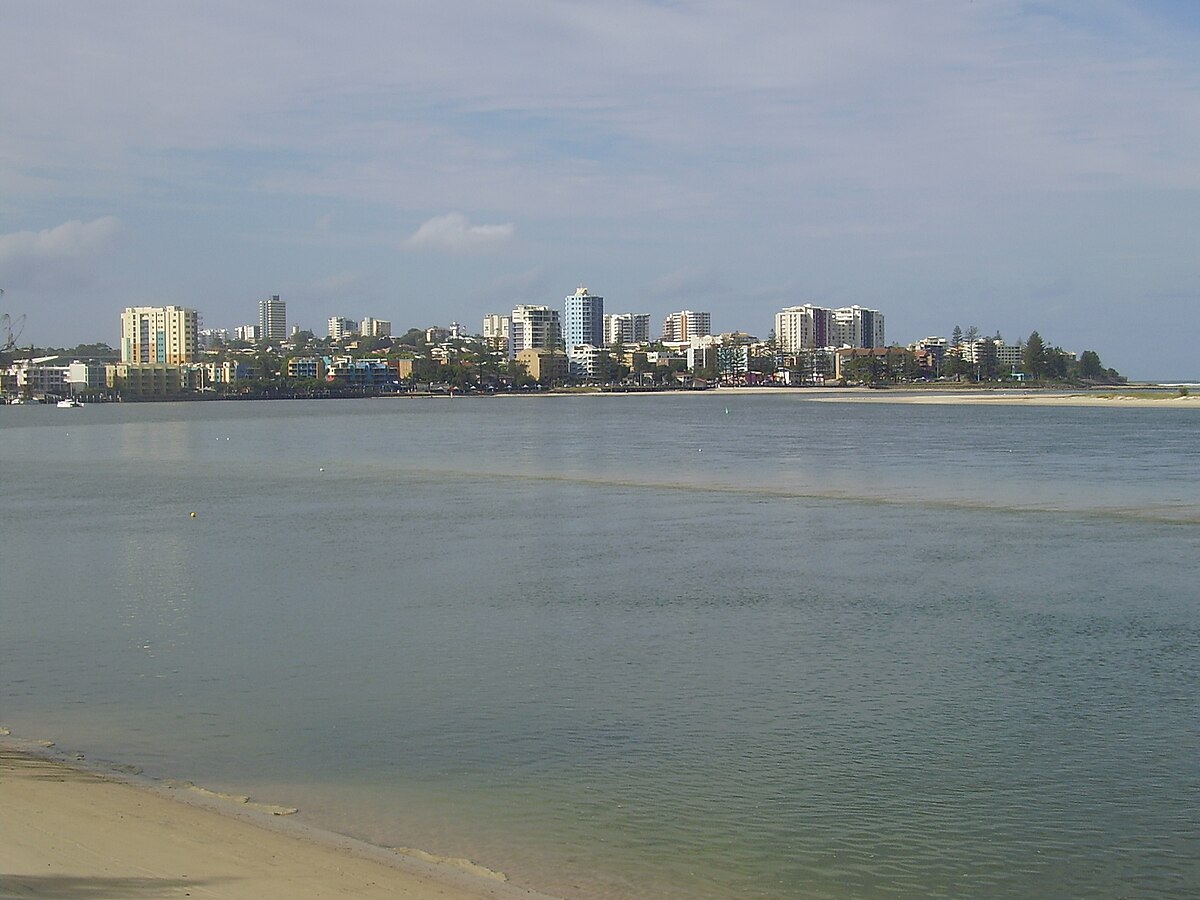
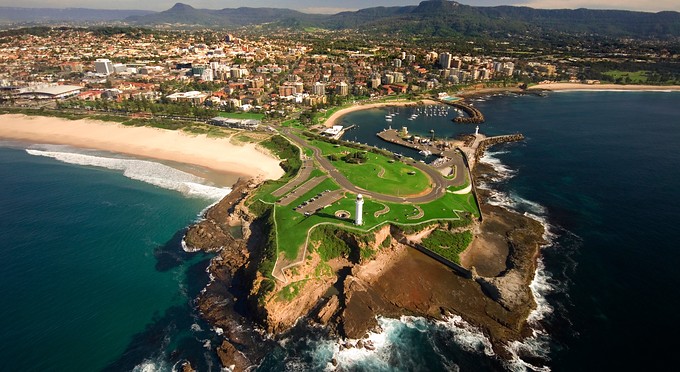
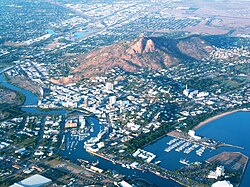

.jpg)

.jpg)
_(7445134654).jpg)
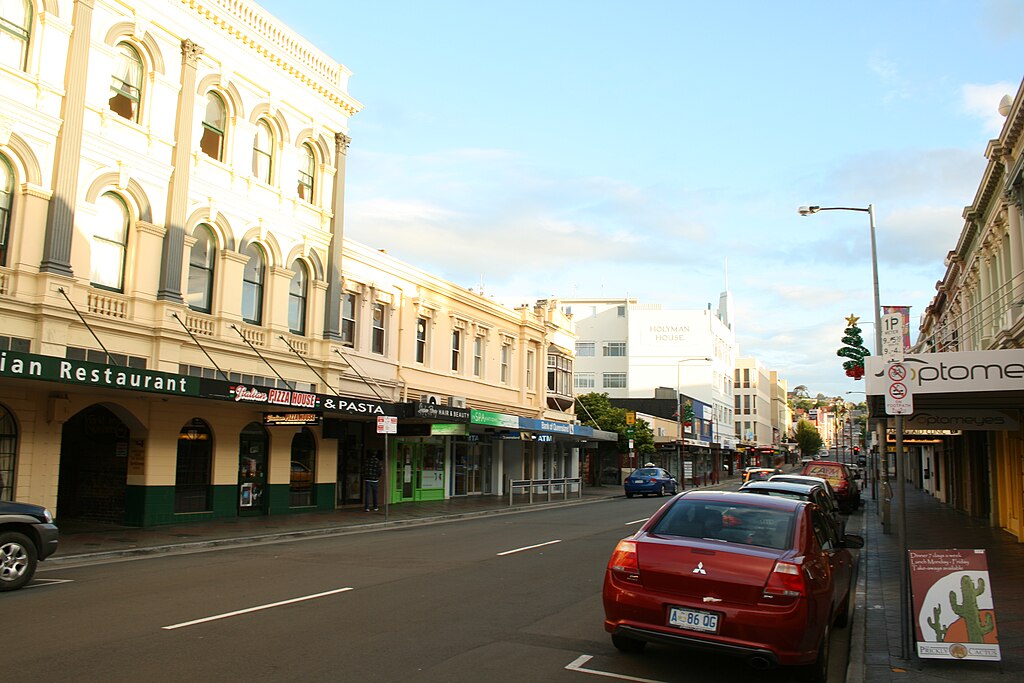

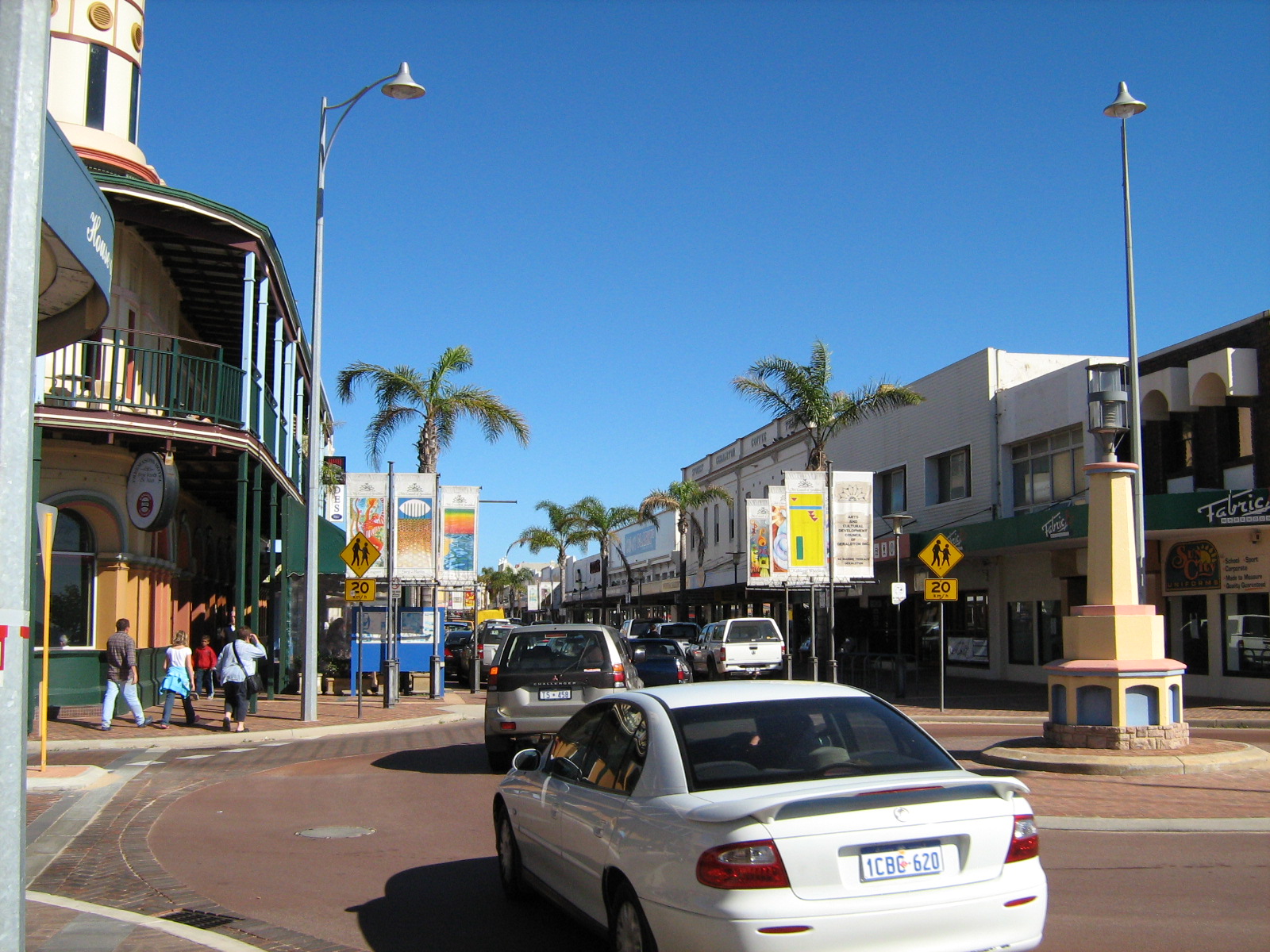
.jpg)
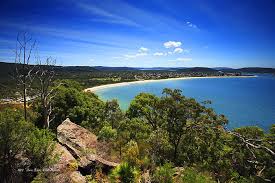
.jpg)

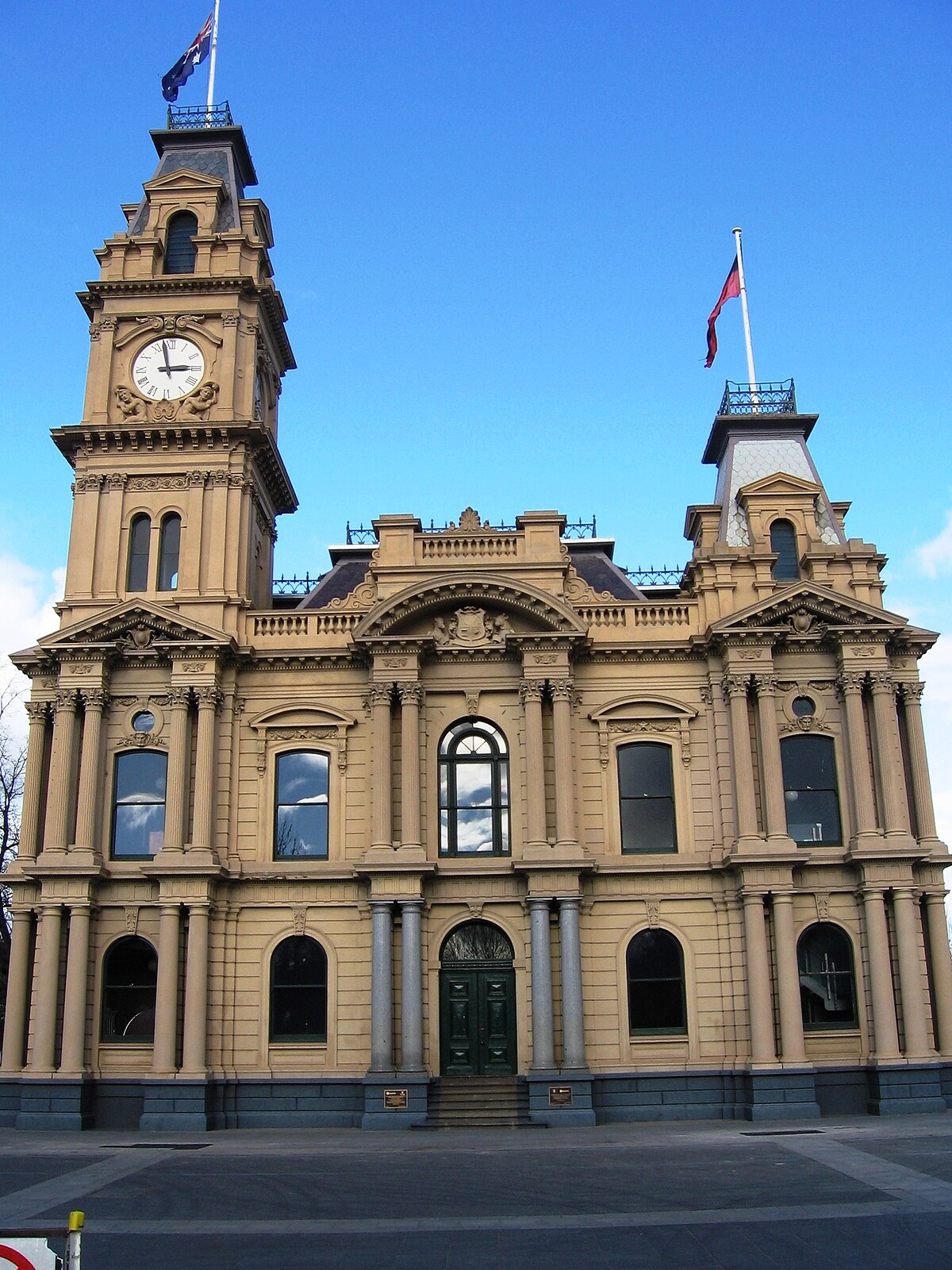


.jpg)


















